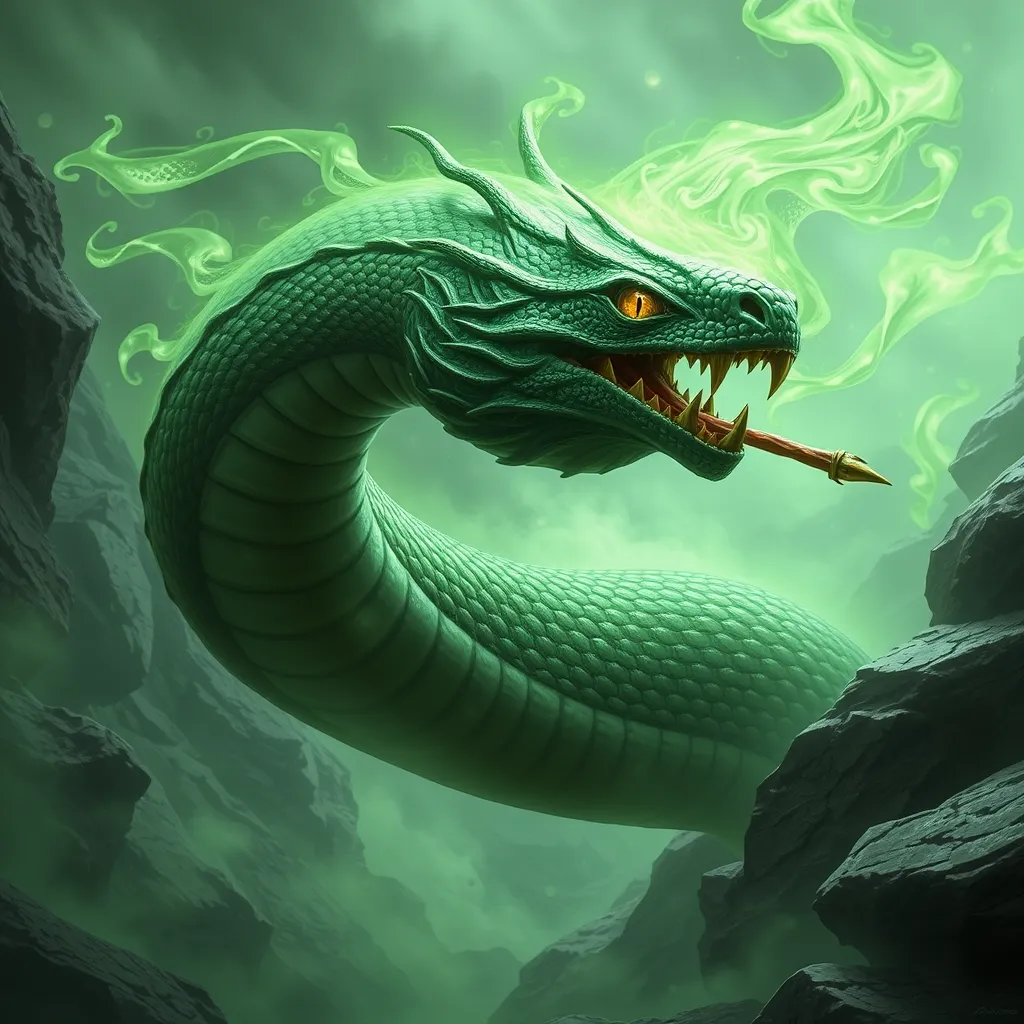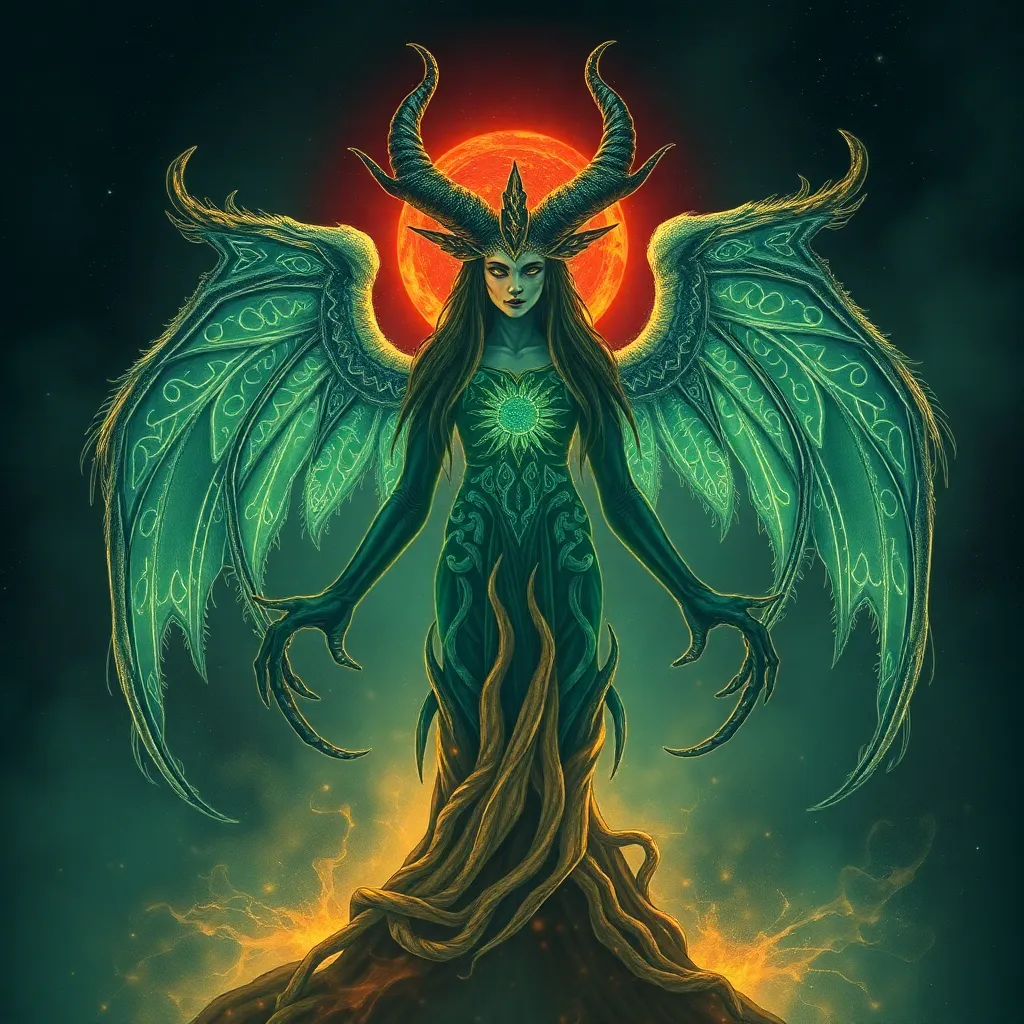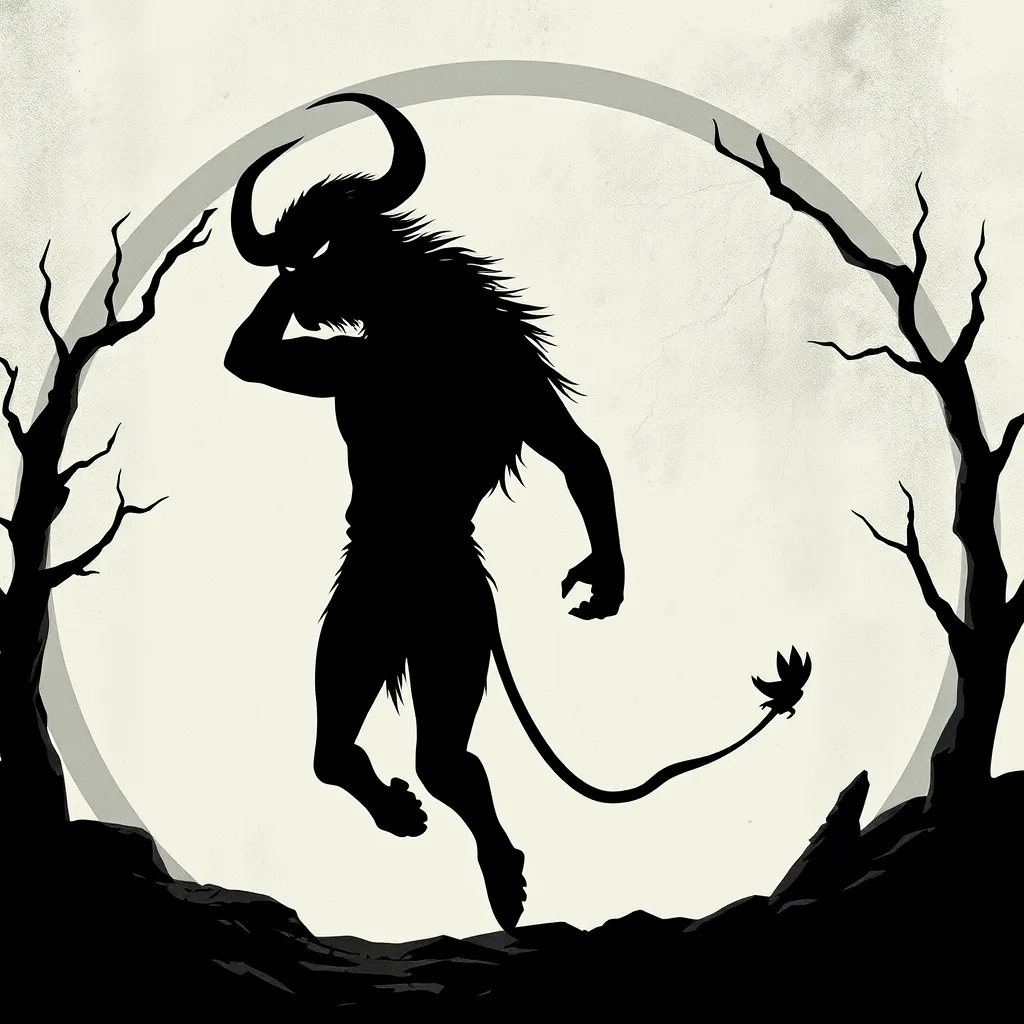The Mythological Horse and its Connection to the Four Seasons
I. Introduction
The horse has long been a powerful symbol in various mythologies around the world, embodying qualities such as strength, freedom, and transformation. Across different cultures, horses have played significant roles in myths and legends, often being associated with gods, heroes, and pivotal events. This article explores the intriguing connections between mythological horses and the four seasons, examining how these majestic creatures are woven into the fabric of seasonal themes.
II. The Symbolism of Horses in Mythology
In many cultures, horses symbolize a range of concepts that resonate deeply with human experiences. They are often viewed as:
- Strength: Horses represent physical power and endurance, reflecting the human spirit’s ability to overcome challenges.
- Freedom: The image of a galloping horse evokes a sense of liberation and the wildness of nature.
- Transformation: Horses are frequently associated with journeys and transitions, symbolizing personal growth and change.
Prominent mythological horses include:
- Pegasus: The winged horse from Greek mythology, symbolizing inspiration and poetic artistry.
- Sleipnir: Odin’s eight-legged horse in Norse mythology, representing speed and the ability to traverse different realms.
- Epona: The Celtic goddess of horses, embodying fertility and the connection between life cycles.
The connection between horses and natural cycles is profound, as these creatures often mirror the rhythms of the earth, reinforcing the thematic links between the seasons and mythological narratives.
III. Spring: The Awakening of Nature
Spring is often viewed as a time of rebirth and renewal, and horses feature prominently in various spring myths. For instance, Pegasus, born from the blood of Medusa, symbolizes the emergence of new life and creativity. Epona, too, is celebrated during this season as a goddess of fertility and growth.
The themes of rebirth, renewal, and fertility are prevalent during spring, as nature awakens from its winter slumber. The arrival of the spring equinox is marked by various cultural celebrations that honor this awakening:
- Festivals celebrating planting and agriculture.
- Rituals invoking fertility and prosperity.
- Artistic expressions that capture the vibrancy of new life.
Horses in spring imagery often symbolize the potential for new beginnings, making them integral to the season’s narrative.
IV. Summer: The Height of Vitality
As the seasons peak in summer, horses are celebrated in mythology as symbols of vitality and energy. The Sun Chariot, driven by horses in various mythologies, exemplifies the sun’s power and the life-giving force of summer.
The themes of abundance, growth, and energy are prominent during summer, as crops flourish and life is at its most vibrant. Celebrations and festivals honoring horses during this season include:
- Horse races and competitions, showcasing speed and skill.
- Harvest festivals that include parades with decorated horses.
- Rituals that invoke blessings for a bountiful harvest.
Summer symbolizes the culmination of effort and the beauty of life in full bloom, with horses embodying the peak of this vitality.
V. Autumn: The Cycle of Harvest
In autumn, the focus shifts to the cycle of harvest, and mythological horses often symbolize this transition. The Horse of Harvest, a creature found in various cultures, represents the gathering of crops and the preparation for the winter months.
The themes of change, preparation, and gratitude are essential during this season. The autumn equinox holds significant meaning in horse-related folklore:
- Thanksgiving celebrations that acknowledge the abundance of the harvest.
- Rituals emphasizing the importance of preparing for the colder months ahead.
- Folklore that connects horses to the spirits of ancestors guiding the harvest.
As the leaves change and the world prepares for winter, horses serve as a reminder of the cycles of life and the importance of gratitude.
VI. Winter: The Trials of Endurance
Winter presents a stark contrast to the other seasons, characterized by trials of endurance. In Norse mythology, Sleipnir, the eight-legged horse, symbolizes the ability to navigate through challenges and the darkness of winter.
The themes of survival, introspection, and rest are prevalent during this season. The winter solstice, a time of reflection and renewal, is often associated with mythological horses:
- Stories of horses enduring harsh conditions, symbolizing resilience.
- Rituals honoring the return of the sun and the promise of spring.
- Legends connecting horses to the spirits that guide humans through dark times.
In winter, horses embody the strength required to endure hardships, serving as a symbol of hope for the return of warmth and life.
VII. The Interconnectedness of Horses and Seasonal Changes
The narratives surrounding mythological horses reflect the changing seasons in profound ways. Each season is marked by rituals and celebrations that honor the roles horses play in cultural practices:
- Spring rituals invoke fertility and new beginnings, often featuring horses as central figures.
- Summer festivities celebrate life and abundance, highlighting the energy horses bring to communities.
- Autumn ceremonies express gratitude for the harvest, with horses symbolizing the labor and effort involved.
- Winter traditions reflect on endurance and survival, using horses as symbols of hope and resilience.
A comparative analysis of different cultural perspectives reveals a shared understanding of the interconnectedness between horses and seasonal changes, showcasing the universal nature of these symbols.
VIII. Conclusion
In conclusion, the mythological and seasonal connections of horses are rich and varied, reflecting humanity’s relationship with nature and the cycles of life. From the awakening of spring to the trials of winter, horses serve as powerful symbols of strength, renewal, and resilience.
As we navigate contemporary culture, the enduring legacy of horse symbolism remains relevant, inviting us to reflect on the importance of these connections. Understanding the roles horses play in our myths and seasonal celebrations can deepen our appreciation for the natural world and the rhythms of life.
Ultimately, recognizing the significance of mythological horses in relation to the seasons enriches our understanding of both our cultural heritage and the timeless themes that continue to resonate today.



